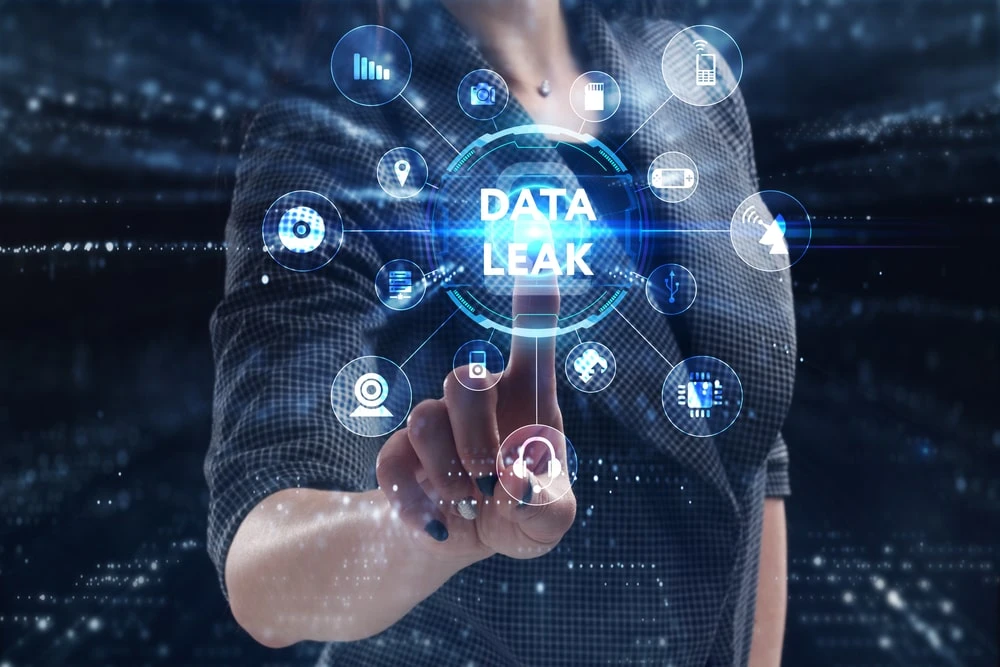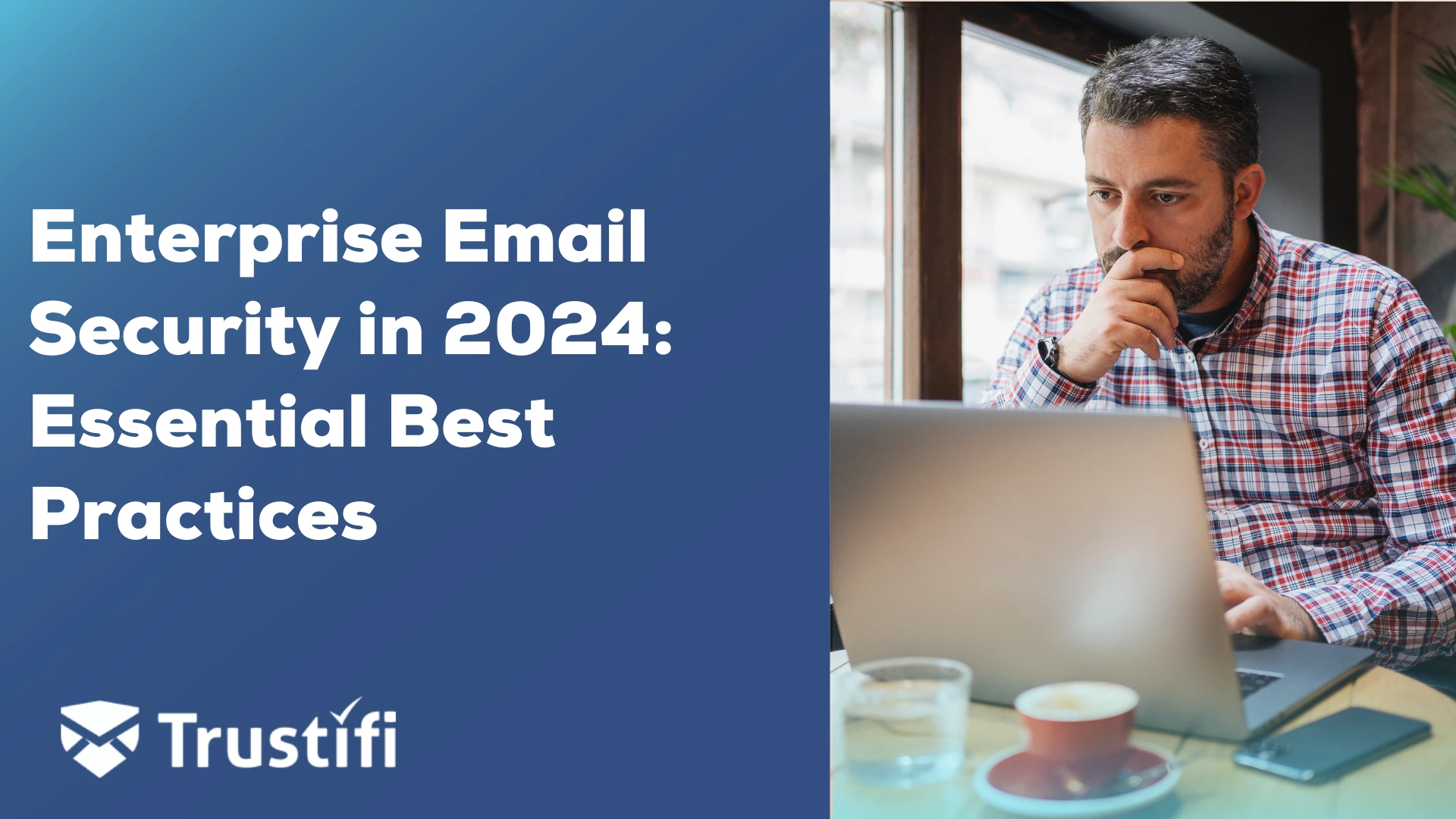Data loss happens in organizations for several reasons. Hardware failure, cybersecurity attacks, and natural events contribute to data losses. Employees, contractors, and vendors also have a role in data loss. Users deleting the wrong files, backup systems hacked, and remote employees accessing unauthorized lead to data exfiltration problems.
Data loss happens within organizations due to several factors:
- 67 percent of data loss is caused by hard drive crashes or system failure
- 14 percent of data loss is caused by human error
- 10 percent of data loss is a result of software failure
External factors, including natural disasters and power failure, affect an organization’s data loss.
Impact of data loss from viruses and malware
Files can be deleted or corrupted by viruses, physical damage, or formatting problems. When files are deleted or corrupted, they cannot be read. Technical failures include network outages, cybersecurity attacks, and hardware malfunctions. Most organizations have a backup and recovery capability and a well-defined business continuity strategy. These business functions help organizations recover from a data loss event.
Yet, Only 54% of organizations have a company-wide disaster recovery plan. Many never recover from a data loss event, even with disaster recovery plans.
Cybercrime impact on business operations
Ransomware, being part of the malware attack vector kill chain, relies on an open, vulnerable endpoint, service, container, or OT device to connect to. Software developers like Microsoft, Cisco Systems, and Dropbox align their reported vulnerabilities to the CVE nomenclature standard, known as common vulnerability and exposure. Most software companies will publish known CVEs against their products. Some developers choose not to disclose the vulnerabilities in their code, placing risk with their clients.
Hackers will use ransomware as an attack vector for data exfiltration. Most ransomware attacks combine financial extortion with data filtration. The hackers will encrypt the data on your device while copying the contents. If your organization decided not to pay the ransom, the hackers still made off your data. Investing in loss prevention tools and other breach prevention capabilities can help stop data loss during a ransomware attack.
Hard drive and equipment failures leading to data loss
If a hard disk becomes corrupted, it can be challenging to repair and recover its contents. If an incident happens when a laptop is turned off, the damage is less severe than when the computer was running. Another closely related accident is dropping an electronic data storage device into the water, which causes the device to become wholly immersed, impairing its function, and almost certainly causing data loss.
Faulty Software – A growing problem for organizations
Software is far from perfect. Clients spend hours patching, updating, and rewriting application code due to problem flaws and changes in requirements. With the inception of DevOps agile workstreams, many of these functions are done through automation and sprint cycles. However, even with the most efficient DevOps engineering teams, the software will have issues that could lead to the accidental deletion of data.
Negligence of employees leading to data loss
Even with IT training, security awareness videos, and weekly newsletters, the user community will make mistakes while using their computer and other devices. Deleting content is common, especially with applications and business processes becoming more complex. Organizations spend significant capital and resources on digital transformation strategies to optimize their products, services, and support. Yet, these models rarely consider the impact of user errors, customer access to data issues, and increased cybersecurity attacks against the platforms.
Many backup systems also become a target of hackers because of a ransomware attacks. SecOps teams would leverage the most recent backup files to restore users in case of a ransomware attack. The attack, most likely caused by a user clicking on an email with malware and malicious links, spreads laterally through the environment. By restoring the users before the rogue encryption stage, then the user can be operational again. However, hackers know this strategy. Recently, hackers have been attacking the backup and restore systems first to block organizations from converting their files.
Potential vulnerabilities from malicious insider threats are growing.
With the great resignation, COVID-19, and other social impact events, employees leaving organizations with information data continues to be impactful. What did these employees walk out the door with? Client lists? Intellectual property? Or maybe someone left a backdoor in their systems for access at a later time. SecOps teams realize that data theft by disgruntled employees will be a persistent problem. Organizations continue to invest in strategies to stop the removal of files and enable enterprise-wide identity management systems and zero-trust architectures for remote access to stop business data loss.
With this new remote access method, companies can validate all remote users with multi-factor authentication and check the remote systems to ensure all patches and updates were completed, along with placing each user into a global routing policy. Zero-trust did have a positive impact by providing a secure connection for employees. However, Zero-trust did very little in preventing data loss.
The Need For A Revamp Of Defense In-Depth In layers
Data loss slows down your business’ progress and can lead to lost customers if a security breach accompanies it. You must disclose this to your customers, which causes you to lose their trust. Even if your company can recover from a data loss incident, you will still need time to rebuild customer relationships. Data loss has far more severe consequences for your business when much data is lost.
Cyber attacks are inevitable, so there is no way to prevent them altogether.
If organizations choose to deploy only the required adaptive control for compliance or cybersecurity insurance, they will most likely lack the critical layers of data loss protection.
Securing The Email Channel From Data Loss
Emails are still the preferred method of communicating online. Email is the most common way for people to lose their data. Hackers use several attack vectors, including phishing scams, impersonation attacks, social engineering, etc. Email security is vital in organizations’ efforts to address these attack vectors. Encryption and data loss prevention technologies are essential for organizations to deploy to prevent the loss of information through the email channel.
Role of Data Loss Prevention Technology
DLP solutions can classify intellectual property in unstructured and structured forms. They can set policies and controls to prevent unauthorized access. Data visibility helps organizations gain insight into how individuals interact with data. DLP remediates various security challenges, including insider threats, office 365 data security, and user behavior.
- Data breaches cause damage to the brand, regulatory violations, and loss of trust with customers.
- Data Loss Prevention solutions require involving stakeholders.
- Data Loss Prevention solutions must be implemented correctly and well maintained.
- Data Loss Prevention solutions are complex. Encryption is necessary because it protects data.
Email Encryption And DLP – One Solution For Data Loss Prevention
Management of DLP tools over time requires continuous evaluation and tuning. Over time, these tools become unmanaged and lose their effectiveness. Many organizations only turn on “the basic DLP” rules because of the lack of resources to manage the solution full-time. Hackers know this.
Data Loss Prevention identified protected compliance content within the email message in parallel with email encryption. It instilled rules to prevent data from leaving through the email channel by enacting email encryption and DLP to protect information attempting to leave the organization unprotected.
DLP and Email Encryption Solution From Trustifi
Trustifi One-Click Compliance™ and Data Loss Prevention feature ensure that the client’s data remains secure, even if the end-user forgets to encrypt an email manually. The email administrator quickly selects which compliance standards and Data Loss Prevention policies. Trustifi’s intelligent AI Engine will scan all outbound emails for sensitive content such as student records and automatically encrypt them.
With Trustifi, organizations collecting consumer information can send secure encrypted emails without remembering to click the encrypt email button. Just as quickly, recipients open an encrypted email with a single click even if they don’t have Trustifi.
The email administrator sets all the DLP and email encryption policies on the backend to prevent accidental data loss of confidential information sent externally. Other solutions require users to log in to a portal to access encrypted emails, adding complexity to sending and receiving messages.
“One-click” Encrypt and Decrypt with Trustifi
Trustifi makes sending and opening emails simpler than ever. No logins, portals, or passwords are needed.
Culture
Trustifi’s email security services feature a comprehensive suite of email tools for advanced threat protection, easily configurable Data Loss Prevention, and enterprise email encryption. Trustifi’s easy-to-use software is unmatched in its user-friendliness, flexibility, and cost-effectiveness. Trustifi’s time to value, ease of deployment, and lower cost of ownership for SecOps make the company culture secure and a financial match for any client seeking email security, data exfiltration, and message encryption.
Why Trustifi?
Trustifi is a cyber security firm featuring solutions delivered on software as a service platform. Trustifi leads the market with the easiest to use and deploy email security products, providing both inbound and outbound email security from a single vendor.
As a global cybersecurity provider of both inbound and outbound email protection, Trustifi currently supports customers from countries including the USA, Canada, Brazil, the Dominican Republic, the UK, the Netherlands, India, the UAE, China, and Japan, Cyprus, the Philippines, and more. The company has also developed “One-Click Compliance” capabilities that cater to world security regulations, including PDPO for Hong Kong, POPI for South Africa, GDPR for Europe, and LGPD for Brazil.




esc scholarship requirements
Learned a lot today! Keep up writing some more of this very beneficial content.